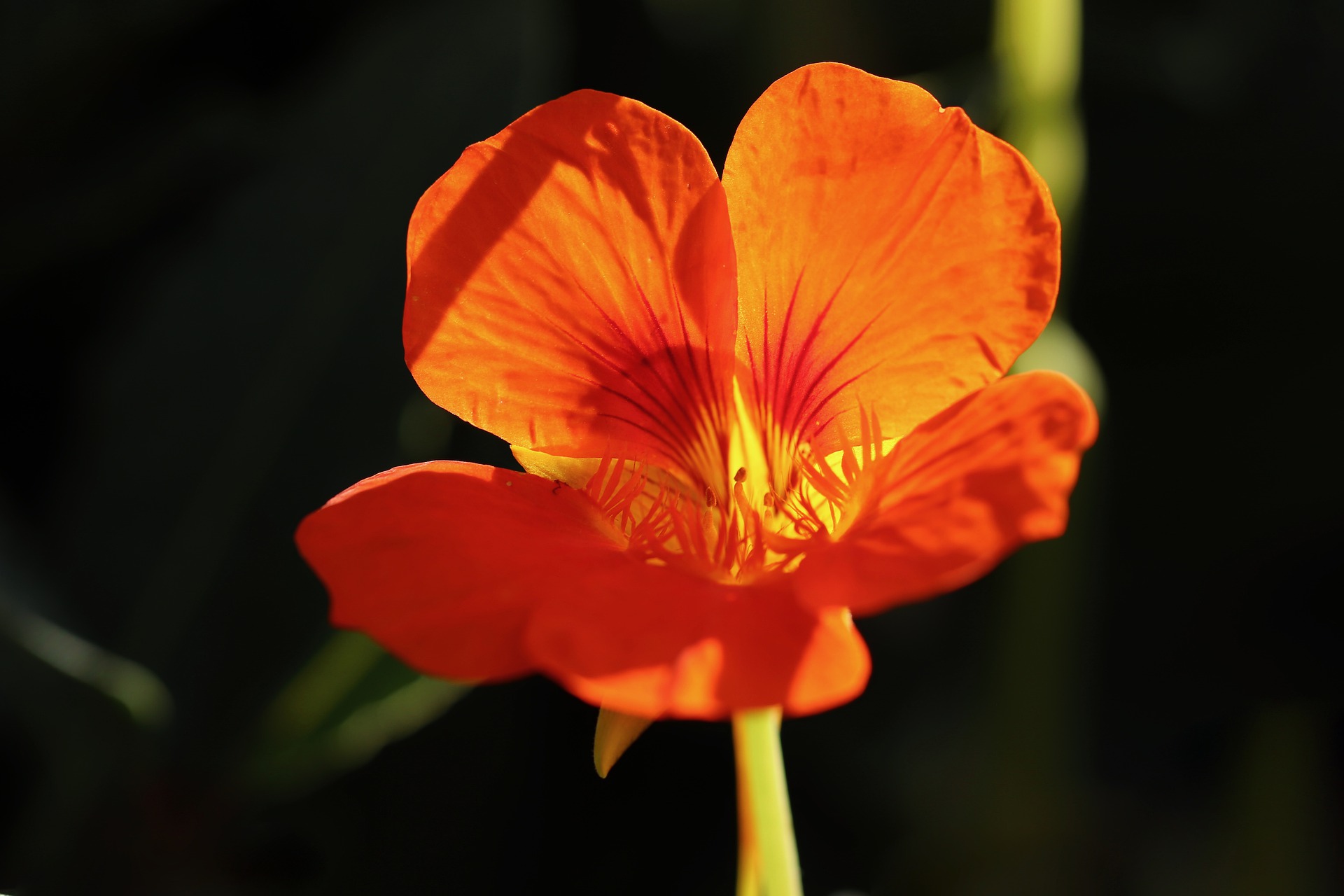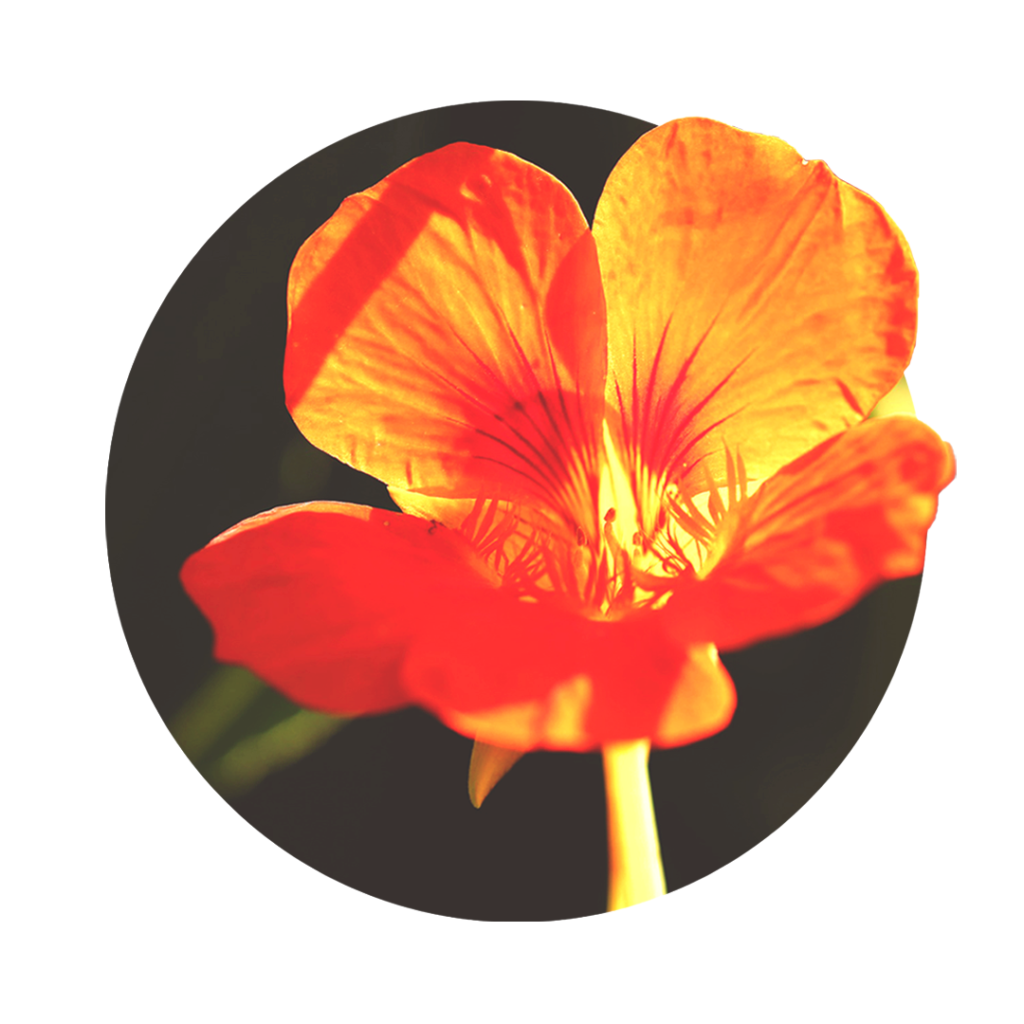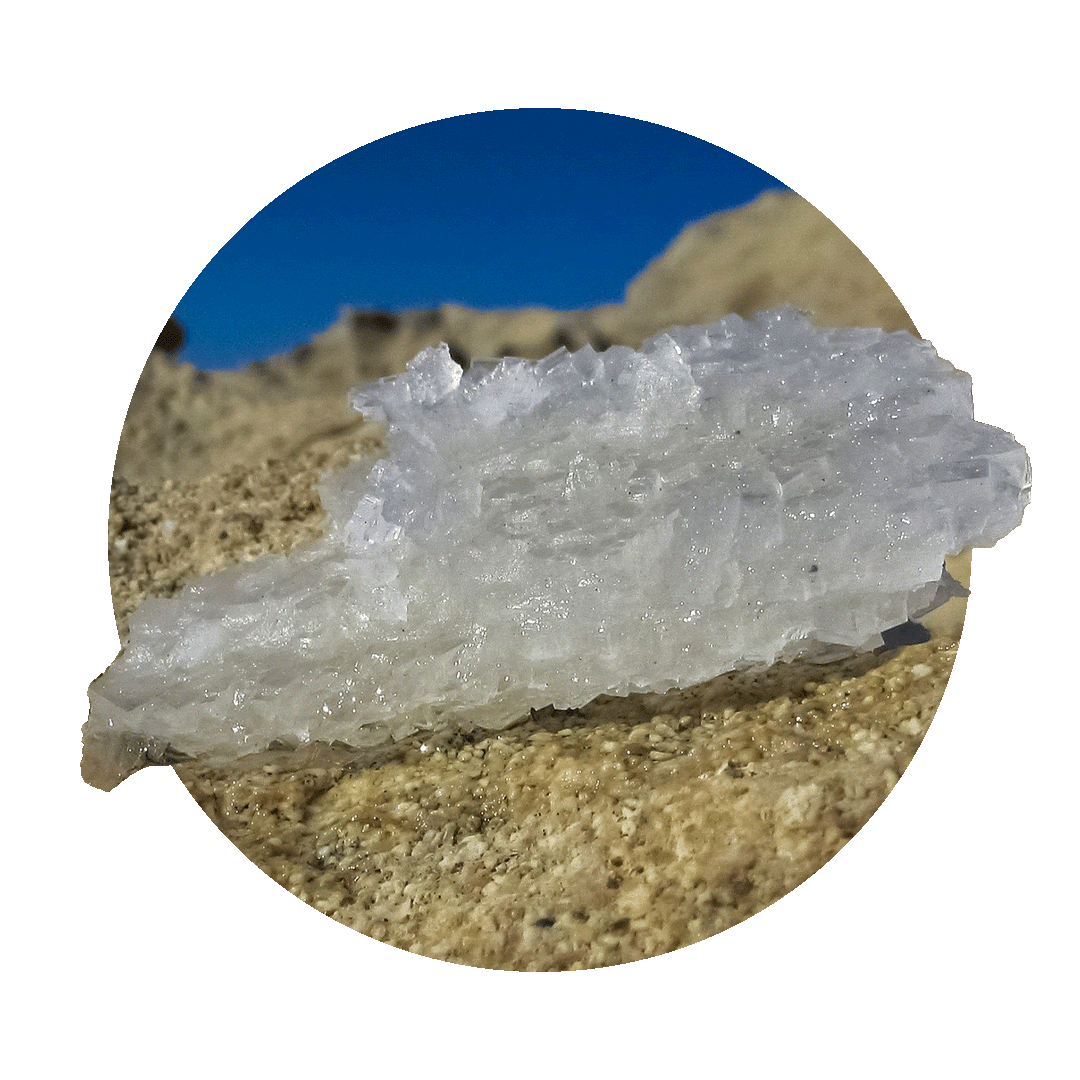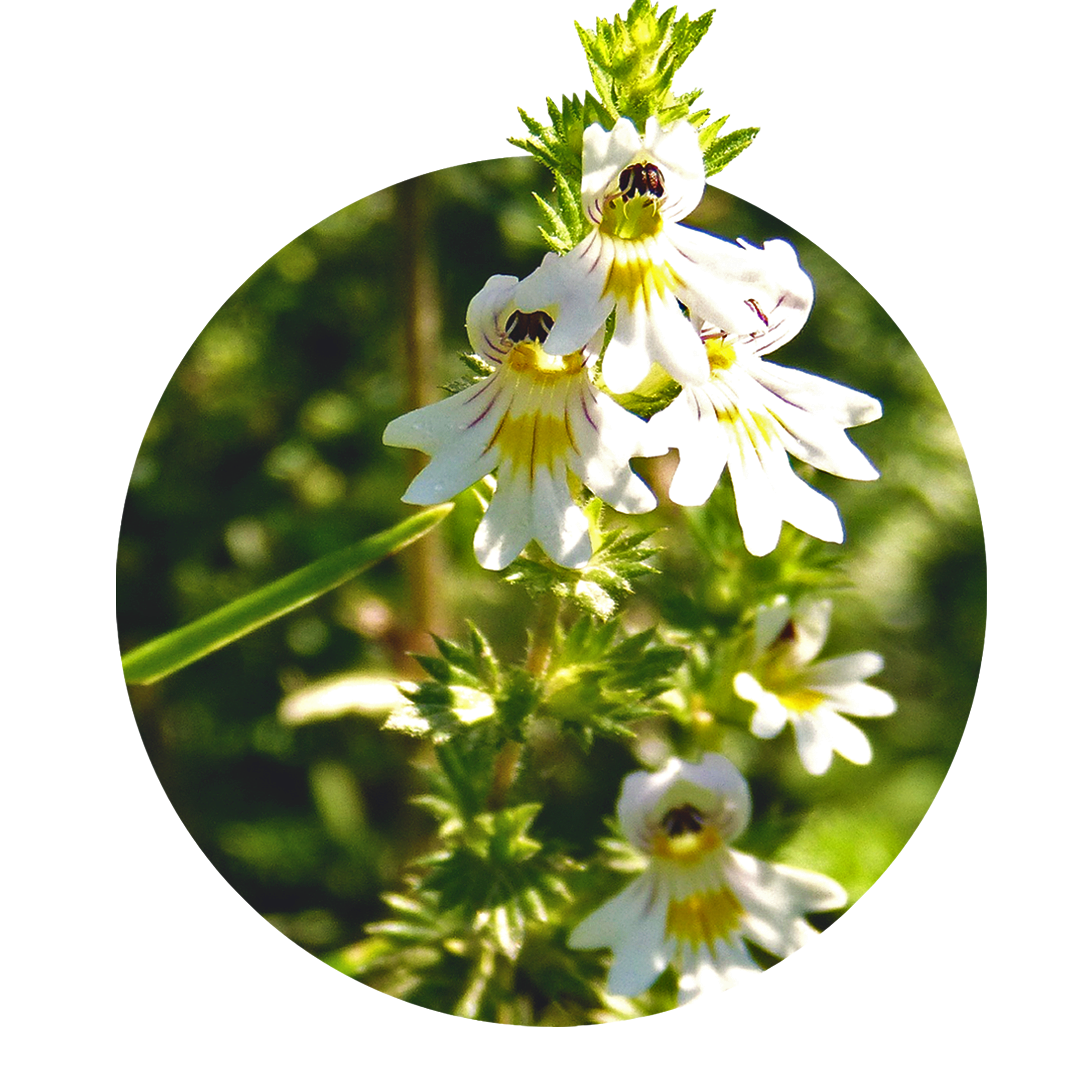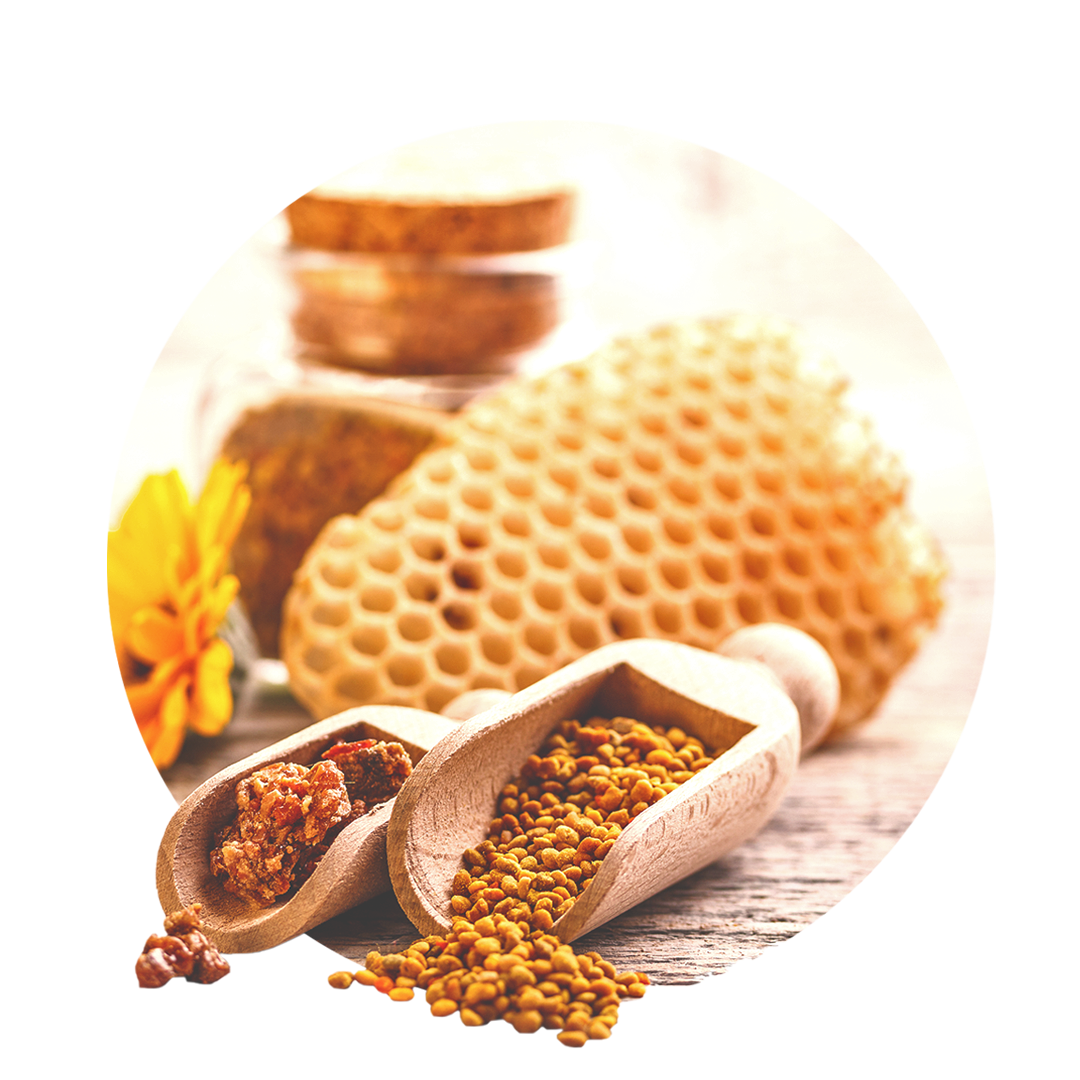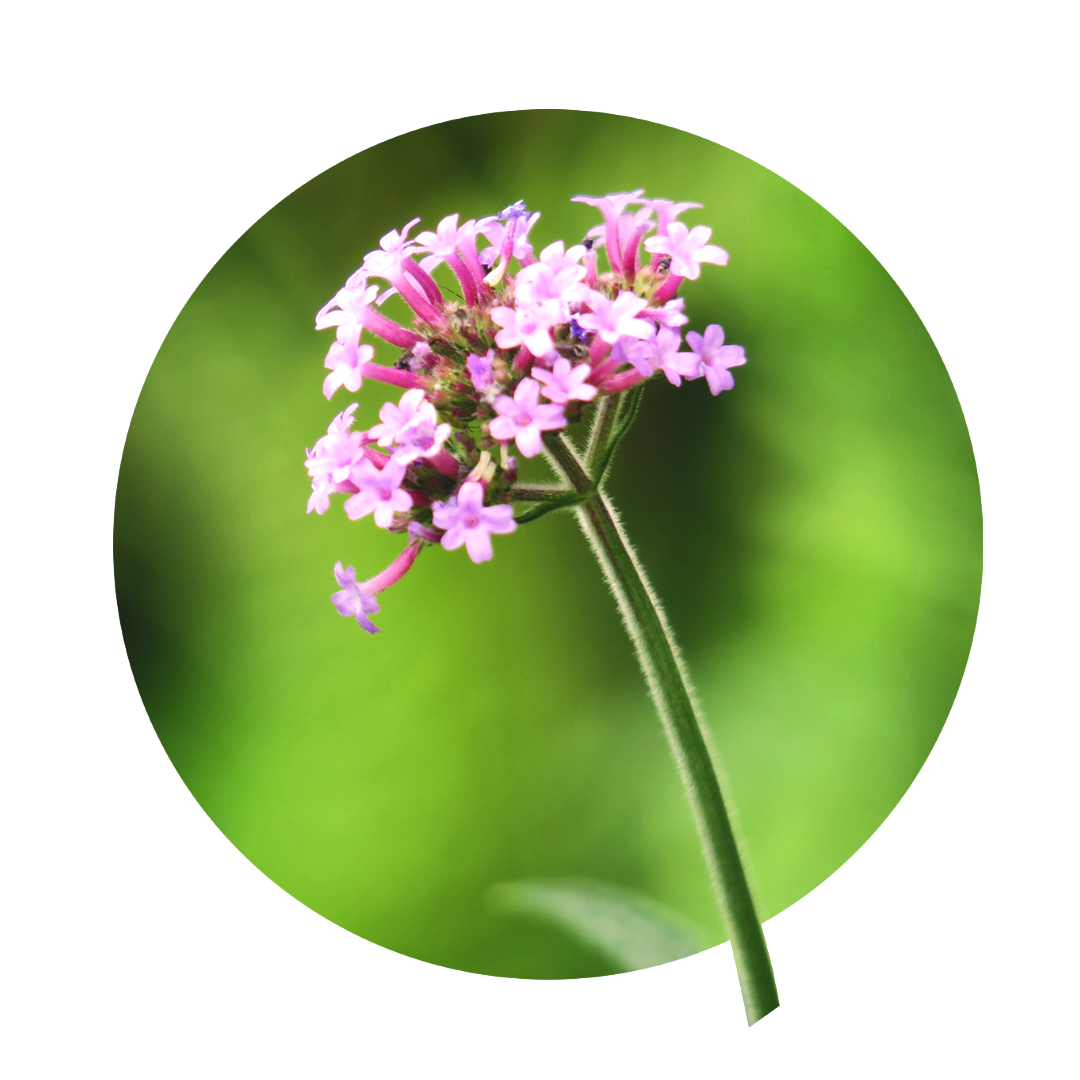Nasturtium: With the help of mustard oils against infections
Nasturtium is a medicinal plant that in recent years has gained a firm place in phytotherapy. Since its active ingredients were isolated and studied in the 1950s, its antimicrobial effect has been widely recognized. In practice, it is often used for various bacterial, viral and mycotic infections. It is also popular in the kitchen as a component of salads or edible decorations. It has gained a great reputation in gynecology for the treatment of bladder infections. Here it is probably most often used successfully.
Facts about nasturtium
Did you know that...
...the nasturtium is not related to watercress and often confused?
...nasturtium is even effective against staphylococci and Escherichia coli bacteria?
...it was the medicinal plant of the year in 2013?
What is nasturtium?
The nasturtium is a perennial herbaceous plant that reaches heights of up to 30cm. If it finds a suitable climbing aid, it can easily grow up to 3m in height. It is a classic summer bloomer and prefers sheltered, sunny places to thrive optimally. The more light it gets, the more flowers it produces. It is important for plant health that it gets a soil that is not too rich in humus and is sufficiently sandy. Unfortunately, in our latitudes it is an annual plant that needs to be grown in pots every year. If it has been kept in large pots, it usually reseeds itself, so that the next spring you can automatically enjoy a new plant.
General and healing properties of nasturtium
The basic knowledge
Anti-inflammatory
The nasturtium is anti-inflammatory. Due to its positive effect on the immune system and anti-infectious effect, it inhibits inflammation, makes it subside faster and helps the body to recover.
Antimicrobial
The nasturtium is antimicrobial. It acts against fungi, bacteria and viruses, reducing their population and preventing them from multiplying further. This inhibits inflammation and allows the body to heal.
Immune boosting
The nasturtium is immune-boosting. Through its active ingredients, nasturtium challenges the body's immune system and helps it fight off infections before they become really intense.
Tropaeolum majus: Ingredients
The main active ingredients in nasturtium have antimicrobial activity and promote the immune system.
You can find the following ingredients in nasturtium:
- Mustard oils
- Ascorbic acid
- Flavonoids
Nasturtium: Effect for body and mind
Nasturtium is a great help in practice for all kinds of microbial-related diseases. Both with fungi and bacteria, but also with viruses, it is a great help to reduce their growing populations in case of infection. That is why it is popularly used for infections of the mucous membranes. Many incipient infections take place at these interfaces. Be it in the nasopharynx, in the bladder-kidney area or in the gastrointestinal tract. Everywhere nasturtium can be successfully used because of its broad effectiveness to ward off infections of various kinds.
Properties of nasturtium
- antifungal
- antibacterial
- antiviral
- anti-inflammatory
- perfusing
- immune supporting
Fields of application in naturopathy
[Tropaeolum majus]
Nasturtium is also known as a herbal antibiotic because of its proven effectiveness against various pathogens such as fungi, viruses and bacteria. Its range of applications is therefore wide.
Nasturtium for infections
Nasturtium is a good remedy for a variety of infections, as it has both antifungal, antibacterial and antiviral activity. It can be used both externally and internally. Its mustard oils and the ascorbic acid contained in it act against the foreign pathogens and additionally perfuse the affected tissues so that the body's own defenses can work optimally. This quickly removes the breeding ground for the infection and brings it to a standstill.
Nasturtium for muscle discomfort
Externally, nasturtium has a tradition of use for muscle complaints. Here, the mustard oils it contains strongly stimulate blood circulation to the skin, fasciae and underlying muscle layers. The metabolism is thus increased and the regeneration of the area is promoted.
Tropaeolum majus for urinary tract infections
Many urinary tract infections are ascending infections caused by Escherichia coli bacteria. In this case, the bacteria attack the mucous membranes and cause inflammation of these, which are accompanied by burning, itching, pain and a feeling of urination. The mustard oils of nasturtium are effective against these bacteria and kill them, so that the infection is ended and the symptoms disappear again.
Nasturtium for acne
Acne is an inflammation of the skin in which staphylococci, which live on the skin, usually play a very important role. Applied externally, nasturtium acts against these bacteria, reduces their population and thus the cause of skin inflammation. The skin can heal and the purulent pimples disappear.

Nasturtium for tonsillitis
Inflammation of the palatine tonsils is usually caused by streptococcus bacteria. This type of bacteria also reacts sensitively to the nasturtium. They are killed by the mustard oils and the vitamin C contained in the nasturtium additionally supports the body's immune defenses in fighting the bacteria. Thus, the number of pathogens decreases and the inflammation subsides.
Nasturtium for inflammation of the mucous membrane
Most mucosal inflammations in the body are caused by bacteria or viruses, usually with seasonal accumulation. Since nasturtium is effective against many viruses and bacteria, it is one of the remedies of choice for mucosal inflammation. Once the pathogens have disappeared, the inflammation subsides and the well-being returns.
Nasturtium for flu & colds
Flu and cold viruses have a firm grip on us every autumn and spring. This is their time of the year when they are at their strongest, as the human organism is vulnerable due to climatic changes. The viruses nest on our mucous membranes, multiply and make us sick. Nasturtium, with its mustard oil, attacks the pathogens, destroys them, and at the same time perfuses the tissues so well that our immune defenses can work well. It is supported by the vitamin C it contains, so that colds subside more quickly or are not very severe in the first place.

Notes on the use of Tropaeolum majus
Nasturtium is also popularly eaten as a tasty salad. Oil preparations are recommended to be applied externally on the skin. Internally, there are mono- and combination preparations, which should be taken several times a day in case of existing infection and in acute cases.
Nasturtium during pregnancy & lactation
There is currently no evidence to suggest that the consumption of nasturtium during pregnancy and lactation is of concern.
Nasturtium in hypersensitivity to mustard oil
Some people are sensitive to mustard oils and should refrain from further consumption in case of reactions such as nausea and rashes.
Discover our sprays
With natural methods such as the individual spagyric sprays from Zimply Natural, complaints can be treated and sustainably alleviated.
Use the healing power of Tropaeolum majus!
Use the healing power of nasturtium and our other more than 100 medicinal plants for the natural relief of your complaints. Improve your well-being and support your body, your mind and your soul! Use our configurator to create your personal spagyric spray, which is tailored to your needs and accompanies you on your natural path to the improvement of body, mind and soul.

